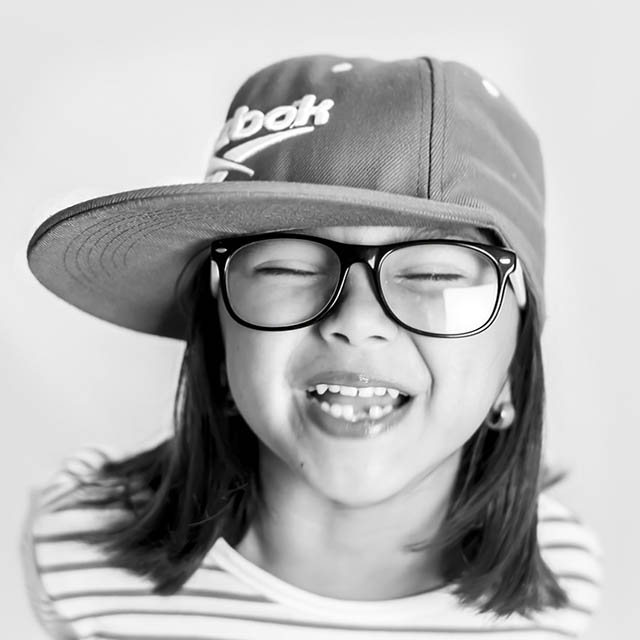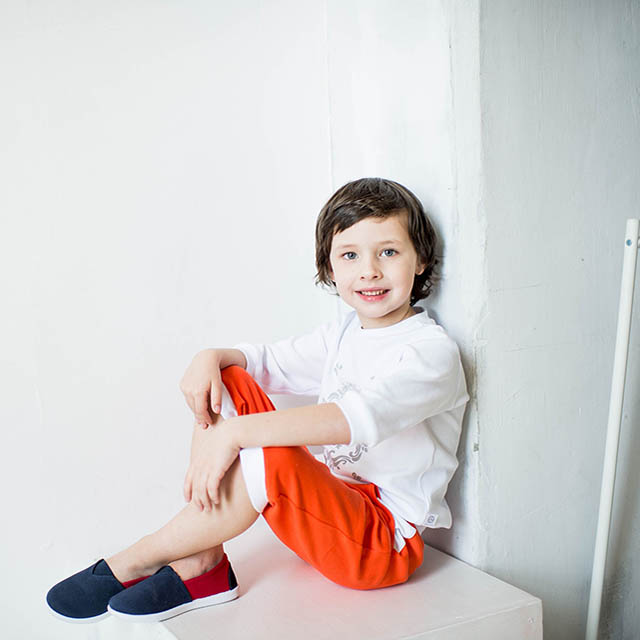We Check Kids’ Eyes in Colorado Springs, Colorado
Children of all ages are constantly learning and developing. Without clear vision, these necessary parts of life may not advance as efficiently as possible. As your child grows up, you want to maximize his or her potential, and regular eye exams are essential for reaching this goal. An undetected vision condition can severely impact your child’s ability to read, write and comprehend information.
At Executive Park Eye Care, we perform expert, comprehensive eye exams on kids, from babies to teens. Healthy, functional eyesight and sharp visual skills are critical for helping kids learn well and reach the top of their Colorado Springs class!
When Does Your Child Need Comprehensive Eye Exams?
Our pediatric eye doctor, adheres to the basic guidelines of the American Optometric Association (AOA), which state:
- First eye exam at a half-year old
- Second eye exam at 3 years of age
- Third eye exam before entering school, at 5-6 years old (some states mandate this)
- If your child doesn’t need eyeglasses or contact lenses, follow-up exams during school years should be done every 2 years. If vision correction is required, then yearly exams are indicated.

What Happens During A Kids’ Eye Exam in Colorado Springs?
The Beginning
To begin, we’ll spend some time getting to know you and your child. Our optometrists will ask you questions about family eye history, your child’s medical history, allergies and any current medications. You’ll also be encouraged to share any concerns that you may have about your child’s vision, and we’ll answer your questions patiently.
The Next Step
The next step includes a general assessment of your child’s visual system. This includes evaluating near and far visual acuity, eye mobility, eye-hand coordination, eye teaming (binocularity), accommodation (focusing) skills, peripheral sight and color vision.
Procedures and Tests
Procedures and tests are highly dependent upon your child’s age and stage of development. With infants, our pediatric eye exam may include:
- An assessment of your baby’s pupils and how they respond to light
- Using specialized cards to attract your infant’s attention and observe his behavior
- Checking the ability to fixate on an image and follow its movement
Our Colorado Springs Eye Exams For School-Aged Kids
We will pay special attention to visual acuity, as diagnoses of astigmatism, nearsightedness and farsightedness are very common during these years.
We’ll also closely examine eye alignment and ocular health to look for any abnormal signs. A high powered lens will be used to inspect the retina.
Are you concerned about how we’ll test visual acuity accurately if your child hasn’t yet mastered reading the alphabet or numbers? Or perhaps your child is too shy to respond to our eye doctor? Neither of these issues pose a problem!
Common Vision Conditions Diagnosed In Kids
Refractive errors are definitely the most typical ocular problem amongst children. Other usual diagnoses include trouble with focusing, binocularity/eye teaming problems and convergence insufficiency. When left untreated, all of these conditions may interfere with basic learning skills, such as reading and information processing.
When strabismus is detected, which refers to an incorrect positioning of muscles in the eye, eye exercises or surgery may be advised. If left without any correction, amblyopia may develop – commonly known as “lazy eye”. Amblyopia is often helped by patching the dominant eye in order to strengthen the other eye.
After we check your child’s eyes in Colorado Springs, we’ll review and discuss the results of our comprehensive eye exam with you. Together, we’ll determine the best treatment for your kid’s vision and lifestyle.
We have many diverse detailed ways to examine young children’s vision, such as:
- Retinoscopy: we’ll shine a light into your kid’s eyes and observe how it reflects off the retina.
- LEA symbols: custom-designed pictures of easily recognized shapes, such as a circle or house, will be used instead of the ABC’s.
- Random-dot stereopsis: dot patterns will be shown as a way to evaluate binocularity.

